Maserati Biturbo Classic Cars for Sale
Search results
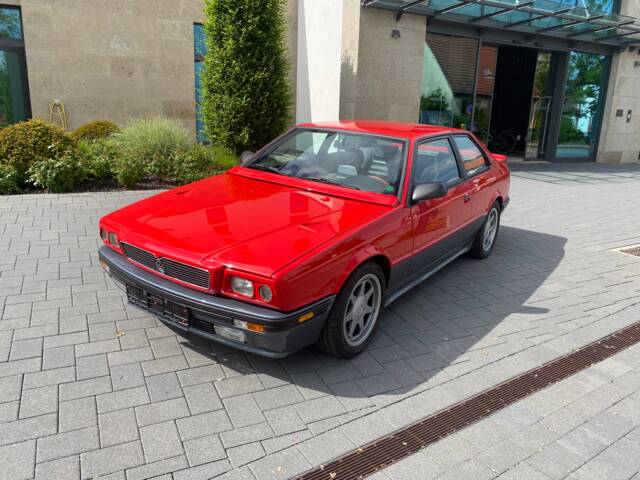
1 / 26
1992 | Maserati Biturbo 2.24V
sehr originales Auto der Serie 2 in Shamal Optik
£20,532
🇩🇪
Private seller
Body style
Coupe
Mileage (read)
85,600 km
Power (kW/hp)
180 / 245
🇩🇪
Private seller
🇩🇪
Private seller

1 / 50
1987 | Maserati Biturbo Si
«Black» (1 of 25)
£27,123
🇵🇹
Dealer
Body style
Coupe
Mileage (read)
32,800 km
Power (kW/hp)
140 / 190
🇵🇹
Dealer
🇵🇹
Dealer
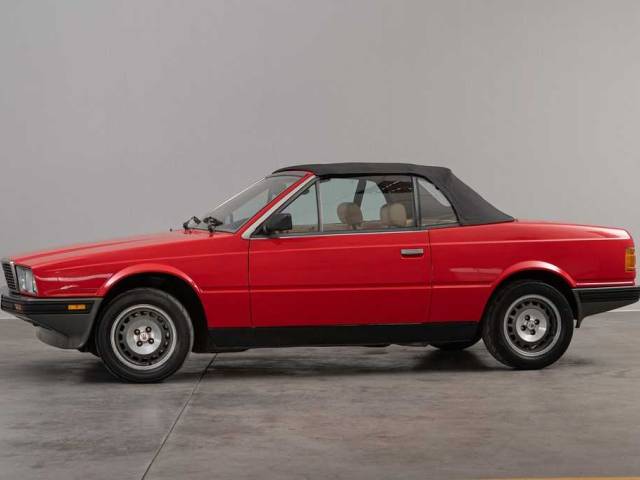
1 / 31
1986 | Maserati Biturbo Spyder
BITURBO SPYDER ZAGATO
£24,496
🇮🇹
Dealer
Body style
Convertible
Mileage (read)
Not provided
Power (kW/hp)
132 / 180
🇮🇹
Dealer
🇮🇹
Dealer
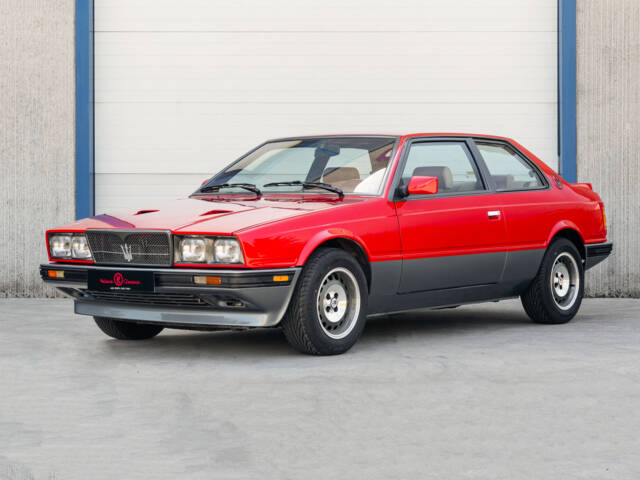
1 / 71
1987 | Maserati Biturbo Si
Original Condition | Italian Registered
£23,733
🇮🇹
Dealer
Body style
Coupe
Mileage (read)
76,000 km
Power (kW/hp)
162 / 220
🇮🇹
Dealer
🇮🇹
Dealer
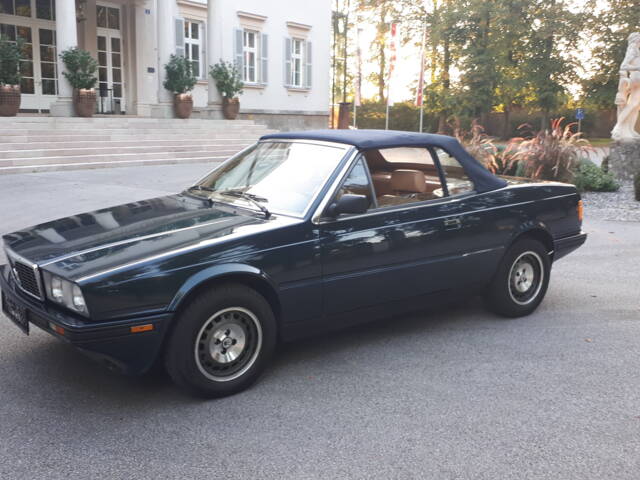
1 / 13
1987 | Maserati Biturbo Spyder
Nur 60000km
£29,581
🇦🇹
Private seller
Body style
Convertible
Mileage (read)
60,000 km
Power (kW/hp)
141 / 192
🇦🇹
Private seller
🇦🇹
Private seller

1 / 100
1992 | Maserati Biturbo 2.24V
Original Conditions | First Paint
£24,580
🇮🇹
Dealer
Body style
Coupe
Mileage (read)
38,500 km
Power (kW/hp)
180 / 245
🇮🇹
Dealer
🇮🇹
Dealer
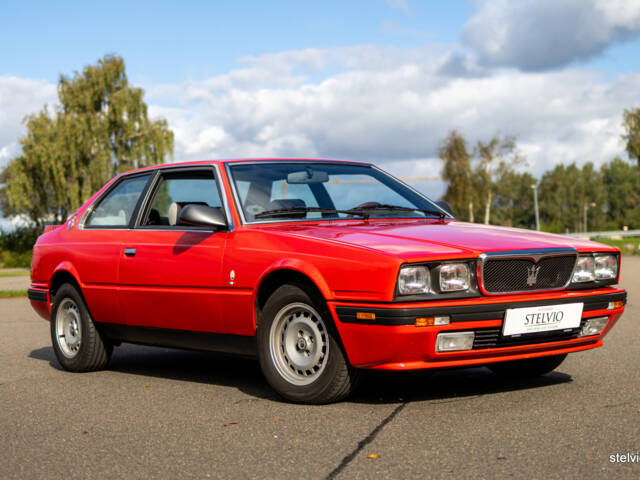
1 / 33
1988 | Maserati 222
Stunning red 222, LHD and with new interior
£30,514
🇩🇰
Dealer
Body style
Coupe
Mileage (read)
78,000 km
Power (kW/hp)
165 / 225
🇩🇰
Dealer
🇩🇰
Dealer
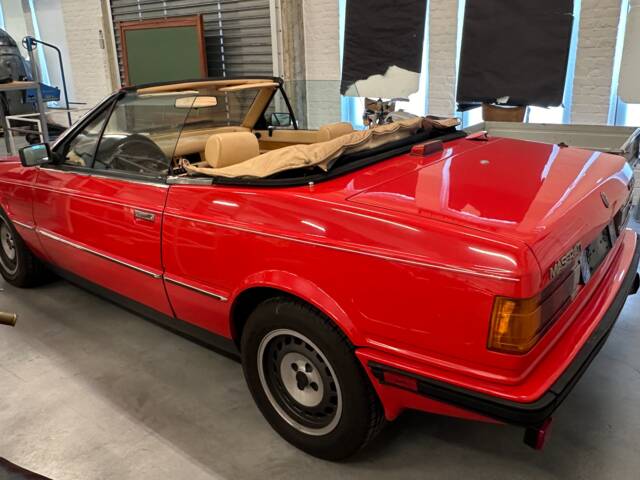
1 / 9
1986 | Maserati Biturbo Spyder E
Maserati biturbo spyder ex David L Cohen
£6,781
🇧🇪
Private seller
Manufacturer code
Tipo AM333
Body style
Convertible
Mileage (read)
61,000 km
Power (kW/hp)
136 / 185
🇧🇪
Private seller
🇧🇪
Private seller
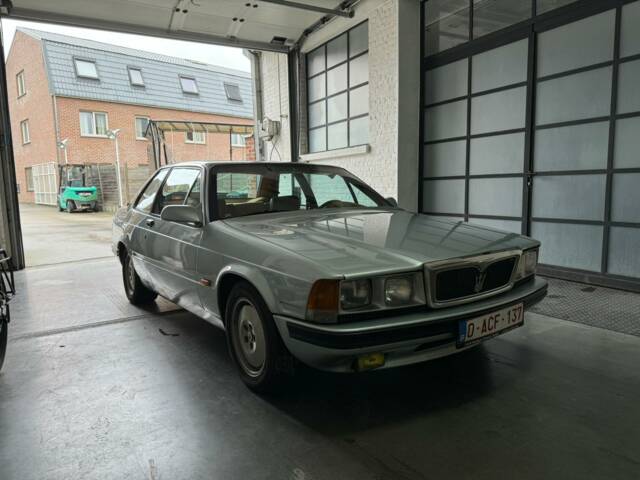
1 / 16
1992 | Maserati 228
ONLY 469
£16,104
🇧🇪
Private seller
Body style
Coupe
Mileage (read)
Not provided
Power (kW/hp)
188 / 255
🇧🇪
Private seller
🇧🇪
Private seller
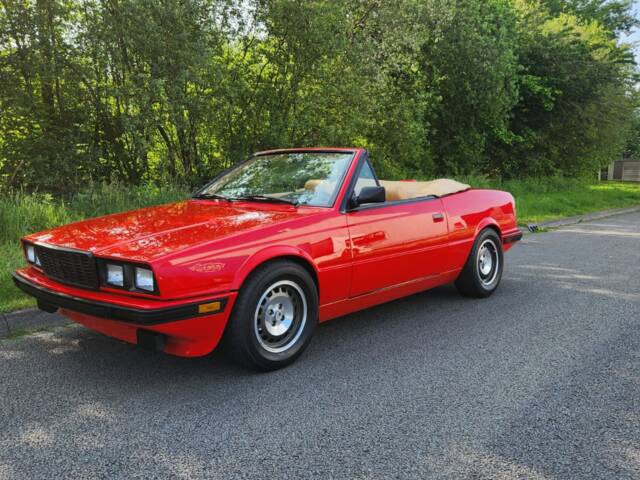
1 / 5
1987 | Maserati Biturbo Spyder
Maserati Biturbo | 1987
£10,171
🇳🇱
Dealer
Body style
Convertible
Mileage (read)
Not provided
Power (kW/hp)
141 / 192
🇳🇱
Dealer
🇳🇱
Dealer

1 / 17
1992 | Maserati 430 4V
430 Quattrovalvole
£18,562
🇩🇪
Dealer
Manufacturer code
430
Body style
Saloon (4-doors)
Mileage (read)
107,586 km
Power (kW/hp)
205 / 279
🇩🇪
Dealer
🇩🇪
Dealer
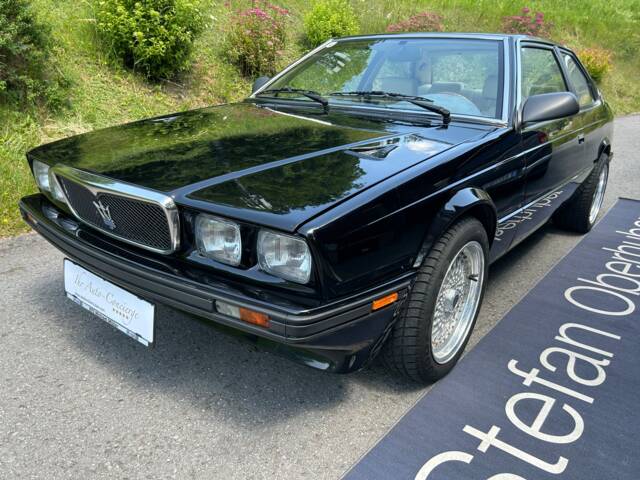
1 / 39
1990 | Maserati 222 SE
Opa- und Enkel-Auto, sehr gepflegt
£20,766
🇦🇹
Dealer
Body style
Coupe
Mileage (read)
52,440 km
Power (kW/hp)
205 / 279
🇦🇹
Dealer
🇦🇹
Dealer
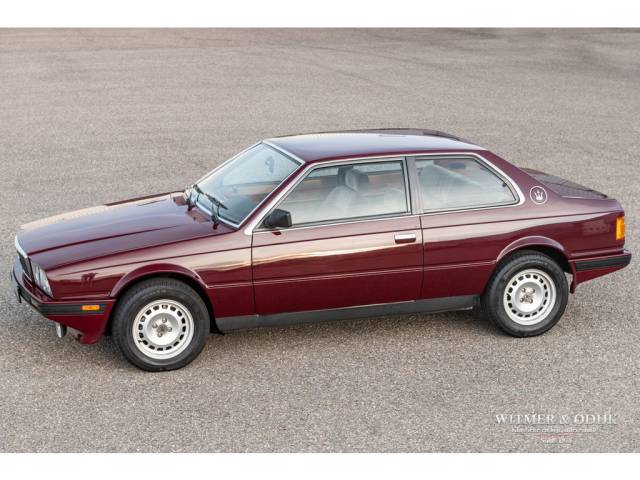
1 / 29
£12,672
🇳🇱
Dealer
Body style
Coupe
Mileage (read)
21,993 km
Power (kW/hp)
139 / 189
🇳🇱
Dealer
🇳🇱
Dealer

1 / 36
1992 | Maserati Biturbo 2.24V
Nice color combination, fantastic sound!
£25,343
🇦🇹
Dealer
Body style
Coupe
Mileage (read)
31,226 km
Power (kW/hp)
180 / 245
🇦🇹
Dealer
🇦🇹
Dealer